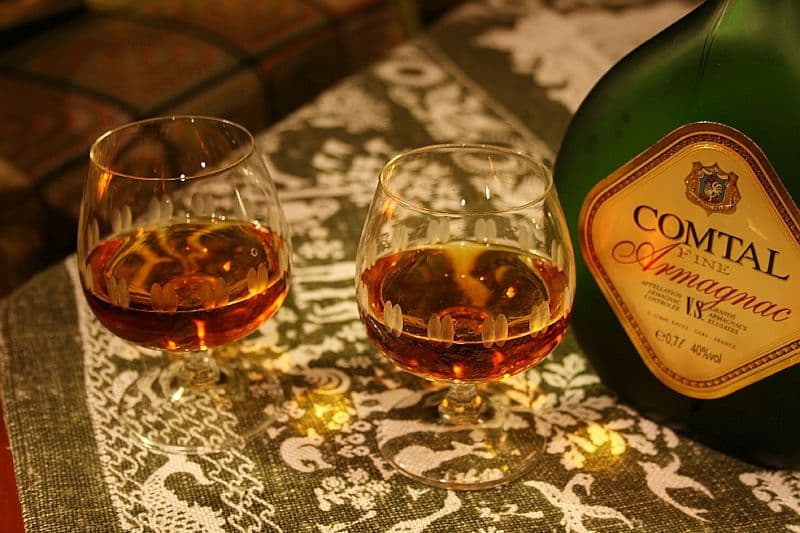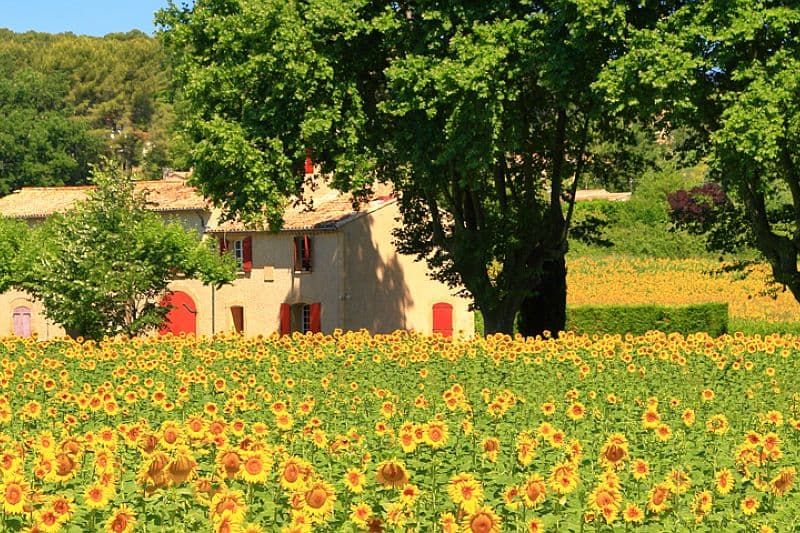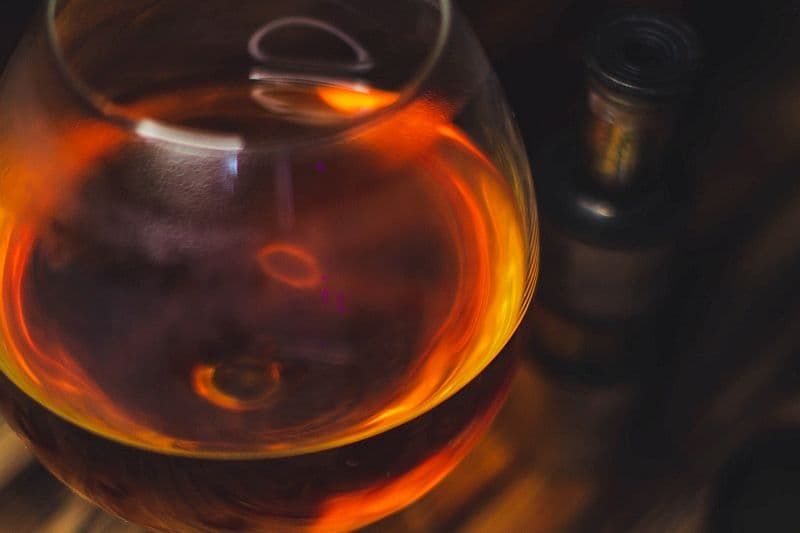Everything You Need to Know About Armagnac

What is Armagnac?
Armagnac is the oldest known type of brandy. It is single distilled, which makes it brown in colour, robust and full-bodied. It is predominantly made from four types of grape, though a total of ten types of grape can be used to make it. Aged for many years in oak barrels, its tasting notes include grape, leather, earth, oak, praline and Christmas cake!
Where is Armagnac Produced?
Armagnac is produced in the Gascony region of France, which is located to the south of Bordeaux. The region is split into three areas; Bas Armagnac, Tenareze and Haut Armagnac.
Often made in small batches by local farmers, Armagnac is not well-known outside of Europe. This specific variety of brandy is traditionally an additional product made by local farmers, to top up their annual income from agriculture. For this reason, it receives more care and attention in the production process than its commonly mass-produced cousin, Cognac.

How is Armagnac Made?
All brandy is made by distilling wine, but Armagnac is distilled only once, meaning that it keeps some of the flavour, fragrance, and body of the original wine. Once distillation has taken place, the liquid is aged in oak barrels, which have the capacity to hold about 400 litres.
During the ageing process, some excess water and alcohol evaporates from the liquid in the casks. The portion that is lost is referred to as ‘the angel’s share’. This process lowers the ABV of the brandy in the barrels and the alcohol content is reduced to between 52 to 60%. Some spirits require the addition of water at this stage of production, but Armagnac has a relatively low alcoholic content and is generally not diluted.
Once it has reached maturity, the liquid is brown in colour and complex in flavour. It is removed from the oak barrels and transferred to glass bottles for safe keeping. The flavour of Armagnac is affected by the material used to make the ageing cask and the length of time it spends in the barrel, with vintage Armagnacs being left for more than two years. Amongst other factors, Armagnac’s flavours are affected by the variety of grapes used to make it, the weather the grapes were exposed to and the terrain the grapes were grown in.

What is the History of Armagnac?
Armagnac was first specifically mentioned in historical texts in 1411 and is thought to be the oldest type of brandy. Production in France’s Gascony region predated the production of Cognac, by at least two hundred years.
Located in the south-west of France at some distance from the coast, meant that Armagnac production remained local for hundreds of years. By the 15th and 17th centuries, Armagnac trade had increased, and the brandy was being sold at French markets in Saint-Sever, Mont-de-Marsan and Aire-sur-l’A’dour.
By contrast, Cognac was made 300 kilometres north of Armagnac, making it easier for producers to trade with merchants on the South-West coast of France. At this point, Dutch merchants started trading brandy more widely and financing its production. Armagnac and Cognac were used for trading in the triangular trade as payment for slaves.
A local peasant farmer patented the very first Verdier still in 1818 and this revolutionised the production of Armagnac. Unlike Cognac, which was produced in a large alembic still, Armagnac could be filtered using a lower distillation range. The Verdier still helped to retain the fruity flavour of the grapes and create a more complex and superior brandy. The Verdier still was also more petite than an alembic still and transportable, meaning that it could be taken to each small batch grower for individual processing.
By the mid-nineteenth century, most of the Armagnac region had been turned over to produce Armagnac brandy. Trade became easier in the 1850s when two new canals were constructed. Canal de Garonne and Canal de Lalinde connected the isolated region of Armagnac with Bordeaux and the Gironde estuary, which has two ports at its mouth. Local producers were therefore able to increase commerce with passing merchants and make more income.
Armagnac is still mostly small batch processed by farmers in the Armagnac region, meaning that there are dozens of different types available. Each producer uses their own traditional method to make Armagnac, so the flavours of the varieties available differ greatly.

What is the Difference Between Armagnac and Cognac?
Location: Both Cognac and Armagnac are grape brandies, but both are produced in different regions of France. Cognac must be made in the Charente and Charente-Maritime areas to the north of Bordeaux, whereas Armagnac comes from the Gascony region which is to the south of the city.
Distillation: Cognac is double-distilled and Armagnac is single-distilled.
Ageing: Armagnac is usually aged for longer than Cognac, as more time is needed to allow the flavours to integrate and to remove the impurities remaining from the distillation process. Armagnac therefore has more body and a fuller flavour than Cognac.
Production: Cognac is often made in large batches by big, branded companies, but Armagnac is usually made by small local producers in the traditional way. This can mean that there is a price difference with the final product!
Did you know these facts about Armagnac?
- France produces only 3 million bottles of brandy a year, whereas over 220 million bottles of Cognac are annually exported.
- Members of the international society which promotes Armagnac are known as musketeers.
- The naming of Armagnac tells you the age! VS means a mix of brandies that have spent up to two years ageing, VSOP is kept for four years, XO is barrelled for more than six years and Hors d’age is aged for more than ten years.
- Single year vintages are the most exclusive type and are usually the oldest available.
- Armagnac was possibly first referred to in 1310 by Cardinal Prior Vital du Four, who wrote about its ‘40 virtues’. In these days, Armagnac was often mistaken for other liquors though, so we can’t be sure!
- In the eighteenth century, Armagnac was served to courtiers of the French King at the Palace of Versailles.
- The banned controversial French gourmet dish, Ortolan, was traditionally prepared by force-feeding ortolan bunting birds before drowning them in Armagnac and roasting them.
Hotel Barge Rosa
During our cruise in Bordeaux aboard the 8 passenger hotel barge Rosa guests stop at the Lapeyrade estate for a cellar tasting of Armagnac. For more information on our cruises in Bordeaux, and the rest of our collection of luxury hotel barge cruises, why not order a free copy of our brochure or speak to a member of our team directly using our handy Contact Form.
 English
English
 Spanish
Spanish French
French German
German Norwegian
Norwegian Portuguese
Portuguese Swedish
Swedish Italian
Italian Russian
Russian Simplified Chinese
Simplified Chinese Japanese
Japanese